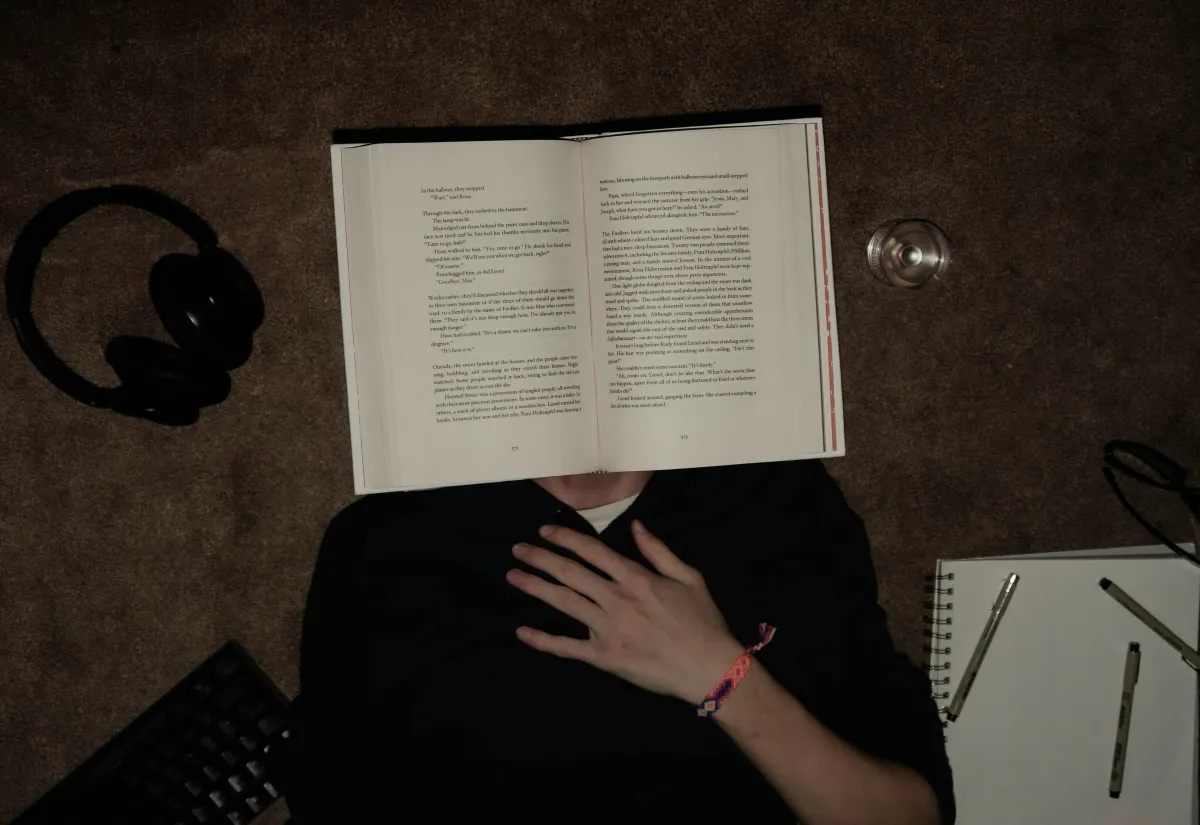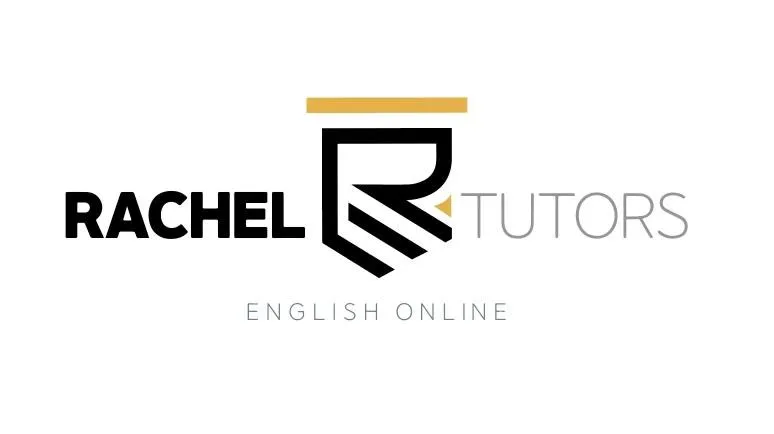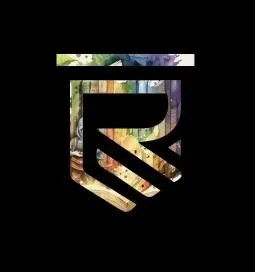Contact Us
Blog

What Do You Do to Help Struggling Readers and Writers with Online Language Arts Tutoring?
Introduction
Helping struggling readers and writers is more than just teaching skills; it’s about understanding the whole child—their frustrations, their strengths, and their unique way of learning.
Some of the students I work with have started to believe they just aren’t good at reading or writing, and that belief can chip away at their confidence before we even begin.
That’s why my first goal isn’t to fix a paper or correct a sentence but rather to build trust, meet them where they are, and create a safe space where making mistakes is part of the process. From there, we work together to build skills step by step, turning those moments of doubt into breakthroughs.
In this post, I walk you through exactly how I do that in my online language arts tutoring sessions, how I assess students’ strengths and needs, what strategies I use to help them grow, and how we turn confusion into clarity, together.
1. Start with an Informal Assessment
Every student’s needs are different, so I begin with a personalized assessment during our first lesson. Using a grade-level short story, we read together, and I ask comprehension questions to see how well they understand the material.
I also have them complete a short writing assignment about the story, which helps me identify strengths and areas for growth in their grammar, structure, and ability to support ideas with evidence. Afterward, I share my findings with parents to explain where their child might need help and what our focus will be moving forward.
2. Pinpoint Areas for Improvement
To address reading comprehension, I ask questions about key literary elements like setting, characters, and conflict, as well as plot-related questions, to assess their ability to summarize and find main ideas.
For writing, I analyze their paragraphs for grammar, sentence structure, and organization of their thoughts. This includes checking if they:
Have clear topic sentences
Support their ideas with relevant details
Use transitions to connect their thoughts
If their writing feels short or lacks depth, we explore strategies to expand and clarify their ideas. I also look for signs they might need to build vocabulary or learn how to write in a more formal, academic style.
3. Build Reading Skills Through Practice
We start with 2–3 short stories before moving on to a novel. Short stories allow us to read together, practice identifying literary elements, and discuss the material in real-time. Once we transition to novels, students read independently between lessons, usually 15–30 pages per week, depending on their grade level. We discuss their reading during lessons, and I use those discussions to check for understanding.
To build vocabulary, I compile words from the novel they’re reading and introduce a few new ones every other week. We make vocabulary practice fun with games like Taboo and creative writing exercises that incorporate the new words.
4. Strengthen Writing Skills Step by Step
Writing strong paragraphs is the foundation of good writing, so we start there. Students learn the parts of a paragraph (topic sentence, supporting details, and concluding sentence) and practice sticking to that structure.
If there are repetitive grammar issues, I teach the rules and have them apply their knowledge, first by demonstrating their understand with worksheets then by editing their own writing. We also discuss the importance of textual evidence and how to integrate it into their work with proper citations.
Once they master paragraphs, we move on to essays. They learn how to:
Write a thesis statement
Outline their ideas
Craft introductions and conclusions that add value to their essay
For students who struggle with brainstorming or transitions, I provide targeted support to make those areas easier to navigate.
5. Tailor Lessons to Each Student
While I use general strategies for all students, I always adapt my approach based on their individual needs. For example, if a student struggles with writing topic sentences, we focus exclusively on that skill before moving onto writing full-length paragraphs. Or, if they already write strong paragraphs but find essays challenging, we skip ahead to essay-writing techniques.
For students with specific academic goals, like improving grades or preparing for college, we tie our lessons directly to their schoolwork. This ensures the skills they’re learning are immediately applicable and impactful.
6. Build Confidence Along the Way
Confidence is just as important as skill-building, so I scaffold challenges to keep students motivated without overwhelming them. By helping them achieve small wins, like writing a strong topic sentence or mastering a new vocabulary word, they gain the self-assurance to tackle bigger goals.
I always emphasize progress over perfection, showing students how far they’ve come and celebrating their achievements at every step.
7. Measure Progress and Define Success
Progress is reflected in their writing, which ties together their reading comprehension and writing skills. I share detailed progress reports with parents three times a year (May, September, and December), comparing the student’s work over time to highlight their growth.
Grades aren't the only way to define success; I would actually argue that improvement is a better indicator of success. Whether it’s identifying literary elements independently, writing more clearly and confidently, or making fewer grammar mistakes, every step forward counts.
Final Thoughts
Helping struggling readers and writers requires patience, strategy, and a personalized approach. With consistent practice, targeted lessons, and a focus on confidence-building, I’ve seen my students achieve incredible growth through the online language arts tutoring they do with me.
If your child struggles with reading or writing, know that progress is possible, and I’m here to help them every step of the way! Contact me today if you’d like to learn more.

